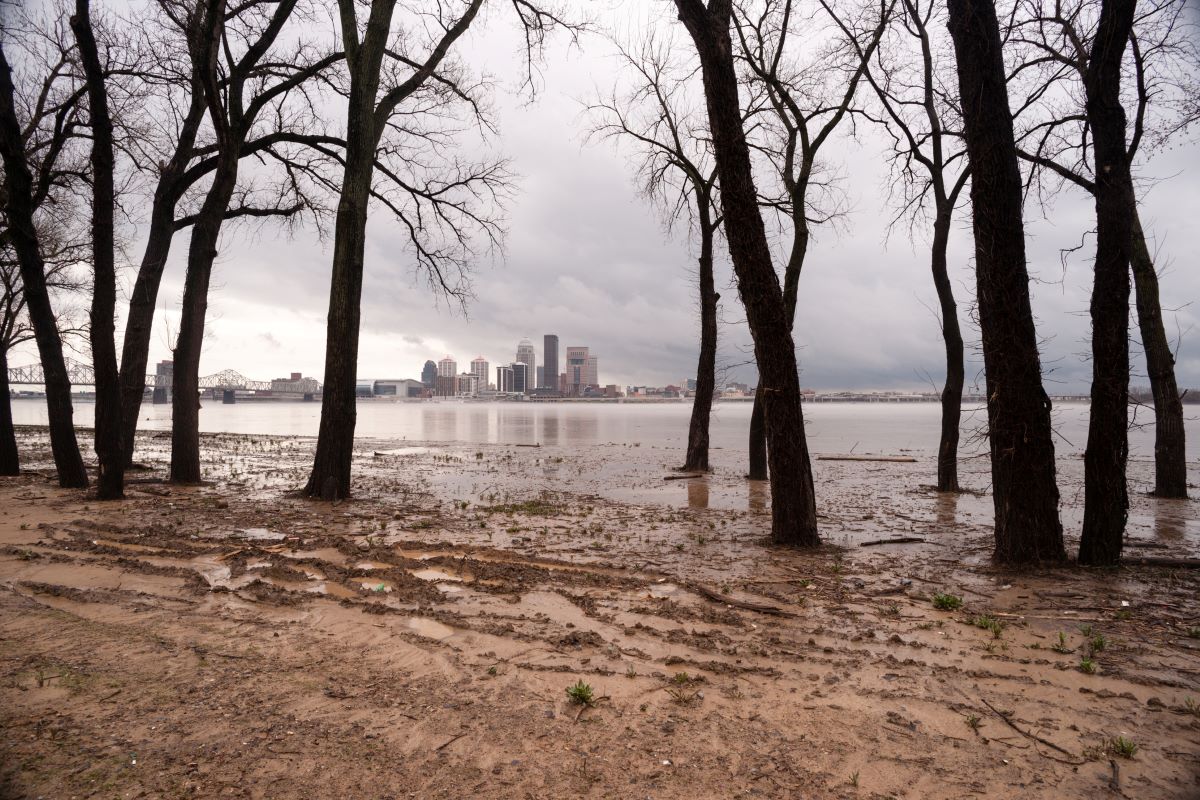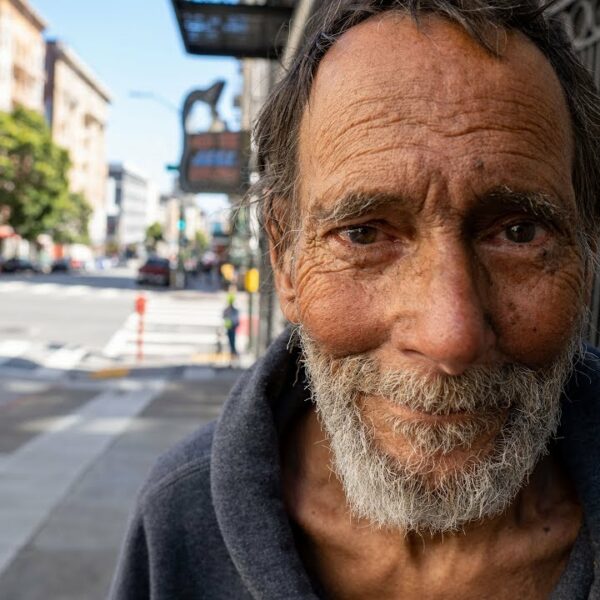The latest data shows that Kentucky floods are diminishing affordable housing across the 13 counties, making way for displacement and out-migration. As the storm that is climate change continues, we witness this trend sweep across the country, with low-income housing options washed away.
It’s been over a year now since deadly floods touched down in Eastern Kentucky’s Appalachian region, causing irreparable devastation and displacement.
“I am so dying to go home every day,” 65-year-old Kentucky resident Shirley Howard told reporters at US News & World Report.
Howard is among the 100 weather-torn low-income residents still taking up temporary shelter in a government trailer a full year after the most recent disaster. Here, she remains with her husband, three children, and the family pets, still seeking stable housing and some semblance of normalcy. The problem here is multi-pronged.
Like many impoverished US locations, the Appalachian region of Kentucky is a place where many crises intertwine. Experts attribute the regional homeless problem to an overall lack of affordable housing combined with more intense weather conditions, rampant poverty, food insecurity, lack of access to necessary resources, and difficulty recovering economically from Hurricane Katrina, a notorious disaster that took place almost two decades in the past.
“We had a housing crisis before the flood hit,” explained Scott McReynolds, Executive Director of the Housing Development Alliance, a nonprofit organization that has helped 2,900 low-income residents overcome systemic barriers and become homeowners. His statement rings true in many other US states, in bustling metropolitan cities, picturesque suburbs, and silent rural towns.
Underneath the surface, a nationwide housing crisis is brewing. When other crises like climate change-driven weather are introduced, the undeniable result is more homelessness.
Affordable Homes Are in Short Supply in All of the Top Locations Where Homelessness Prevails
New York City recently surpassed Los Angeles for the top number of homeless people in the country. At the same time, the New York Times reports that the Big Apple is “staring down the worst affordability crisis of the last two decades,” with more than half the residents enduring the hardship of severe rent burden.
This happens when renters must dedicate more than half of their salaries toward rent. This notable shift in metrics further proves that housing is the root cause of the homeless issue, both in Kentucky and nationwide.
Housing advocates have long been aware of the impact that climate change-driven wildfires have on increasing homelessness in California. What we are witnessing in Kentucky is emblematic of a more significant trend trickling across the countryside.
Kentucky Was Short 75,000 Affordable Housing Units in 2021. That Number is Growing.
The rolling hills and abandoned coal mines nestled into rural Kentucky harbor a deep secret – homelessness, driven almost entirely by a lack of affordable housing and deep poverty.
In 2021, Invisible People reported on the issue, noting that the state was short an astonishing number of homes – 75,000 to be precise. The housing shortage led to an epidemic of doubled-up households and sofa surfing, with economic hardships creating a soul-crushing atmosphere. Many residents described residing in vehicles or living in temporary accommodations that lacked running water and electricity.
Since then, the rising waters and ravaging floods have made the housing situation significantly worse.
Recent sources report a statewide shortage of 89,375 homes, meaning Kentucky has lost at least 14,375 affordable housing units in under a year. Most of the residents impacted by the devastation earn salaries of less than $30,000 annually. Imagine the tens of thousands of hopes and dreams seeped underwater, all future aspirations washed away.
A report provided by the Federal Reserve Bank of Cleveland entitled Resilience and Recovery: Insights from the July 2022 Eastern Kentucky Flood projects that the most recent flood to tear through the region took out almost 9,000 affordable homes in one single sweep.
Adding insult to injury, many of the residents there were too poor to afford flood insurance. Estimates suggest that only 5% of impacted households carried flood insurance, leaving a jaw-dropping 95% of flood-affected residents unprotected and uninsured.
With a $957 million price tag attached to the cleanup and a strain on the speed by which funds are being distributed, it is highly likely that the Kentucky displaced residents who are fortunate enough to come out of their homelessness will be forced to take up residency in other flood-prone areas, and subsequently endure another weather-related displacement in the future.
The only other option is to move away from Kentucky, an expensive relocation many cannot afford. The most recent statistics available show that relocation options are limited, particularly for the people who hit the hardest – those living at, below, or near the poverty line.
Talk to Your Legislators About the Shortage of Affordable Homes
There is a concentrated push to mischaracterize the actual cause of homelessness. However, the numbers do not lie.
We are currently short more than 7 million affordable housing units. Meanwhile, a little over 7 million people are forced to endure the horrors of homelessness each year.
This is not a convenient coincidence. It is not even a system failure. This is happening by design. Urge your local legislators to scrap the harmful criminalization laws that are perpetuating homelessness and replace them with laws that prioritize affordable housing construction today.













